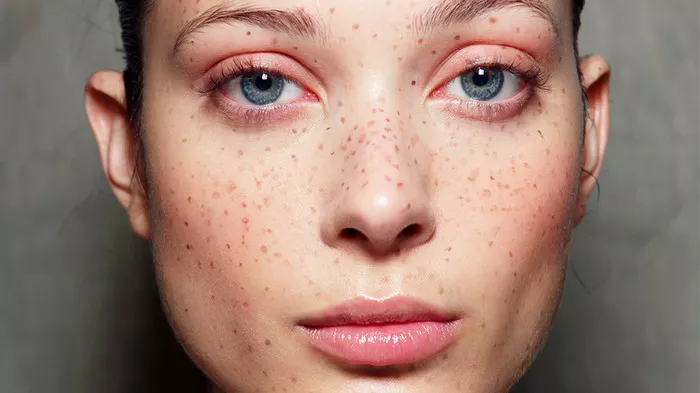Freckles, also known as ephelides, are small, flat spots that appear on the skin, typically in areas exposed to sunlight. They are caused by an increase in the production of melanin, the pigment responsible for skin color, in response to sun exposure. While freckles are harmless and often considered cute, some individuals may wish to reduce or eliminate them for cosmetic reasons.
Can Freckles be Removed at Home?
Many people wonder if it’s possible to remove freckles at home without professional help. While there are various at-home treatments available, it’s essential to understand their limitations and risks. Freckles are deeply pigmented skin lesions, and attempting to remove them at home may not always yield satisfactory results. Additionally, some at-home treatments can cause skin irritation, allergic reactions, or other adverse effects.
At-Home Treatments for Freckles
Several at-home treatments are commonly used to reduce the appearance of freckles:
Lemon Juice: Lemon juice contains citric acid, which is believed to have natural bleaching properties. Applying lemon juice to freckles may help lighten them over time.
Apple Cider Vinegar: Apple cider vinegar is acidic and may help exfoliate the skin, leading to a reduction in freckle appearance.
Topical Creams: Over-the-counter creams containing ingredients like hydroquinone or kojic acid are marketed for reducing hyperpigmentation, including freckles.
Sunscreen: While not a direct treatment for freckles, wearing sunscreen with high SPF regularly can prevent further darkening of existing freckles and reduce the risk of new ones developing.
Effectiveness of At-Home Treatments
The effectiveness of at-home treatments for freckles varies depending on factors such as the individual’s skin type, the severity of the freckles, and the consistency of treatment. While some people may experience lightening of freckles with regular use of lemon juice or apple cider vinegar, results can be minimal and may take several weeks to months to become noticeable. Topical creams containing hydroquinone or kojic acid may yield better results but can also cause side effects such as skin irritation or increased sensitivity to sunlight.
Risks and Side Effects
At-home treatments for freckles carry certain risks and side effects. Lemon juice and apple cider vinegar can cause skin irritation, redness, and dryness, especially in individuals with sensitive skin. Topical creams containing hydroquinone or kojic acid may cause allergic reactions or skin discoloration if not used correctly. It’s essential to perform a patch test before applying any new treatment to the entire affected area and to follow instructions carefully to minimize the risk of adverse effects.
When to Seek Professional Help
While at-home treatments may help reduce the appearance of freckles for some individuals, they may not be suitable for everyone, especially those with severe or persistent freckles. It’s essential to consult a dermatologist or skincare professional if freckles are changing in shape, size, or color, as these could be signs of skin cancer or other serious skin conditions. A dermatologist can provide personalized recommendations and perform professional treatments such as laser therapy, chemical peels, or cryotherapy to safely and effectively remove freckles.
Conclusion
In conclusion, while there are various at-home treatments available for reducing the appearance of freckles, they may not always be effective and can carry certain risks and limitations. Lemon juice, apple cider vinegar, and topical creams may help lighten freckles over time, but results can be minimal and may vary from person to person. It’s essential to use caution when trying at-home treatments and to consult a dermatologist if freckles are concerning or if adverse reactions occur. Professional treatments performed by a qualified skincare professional offer safer and more effective options for removing freckles, especially for individuals with severe or persistent pigmentation concerns. Ultimately, the decision to pursue at-home treatments or seek professional help should be based on individual needs, preferences, and skin health considerations.


